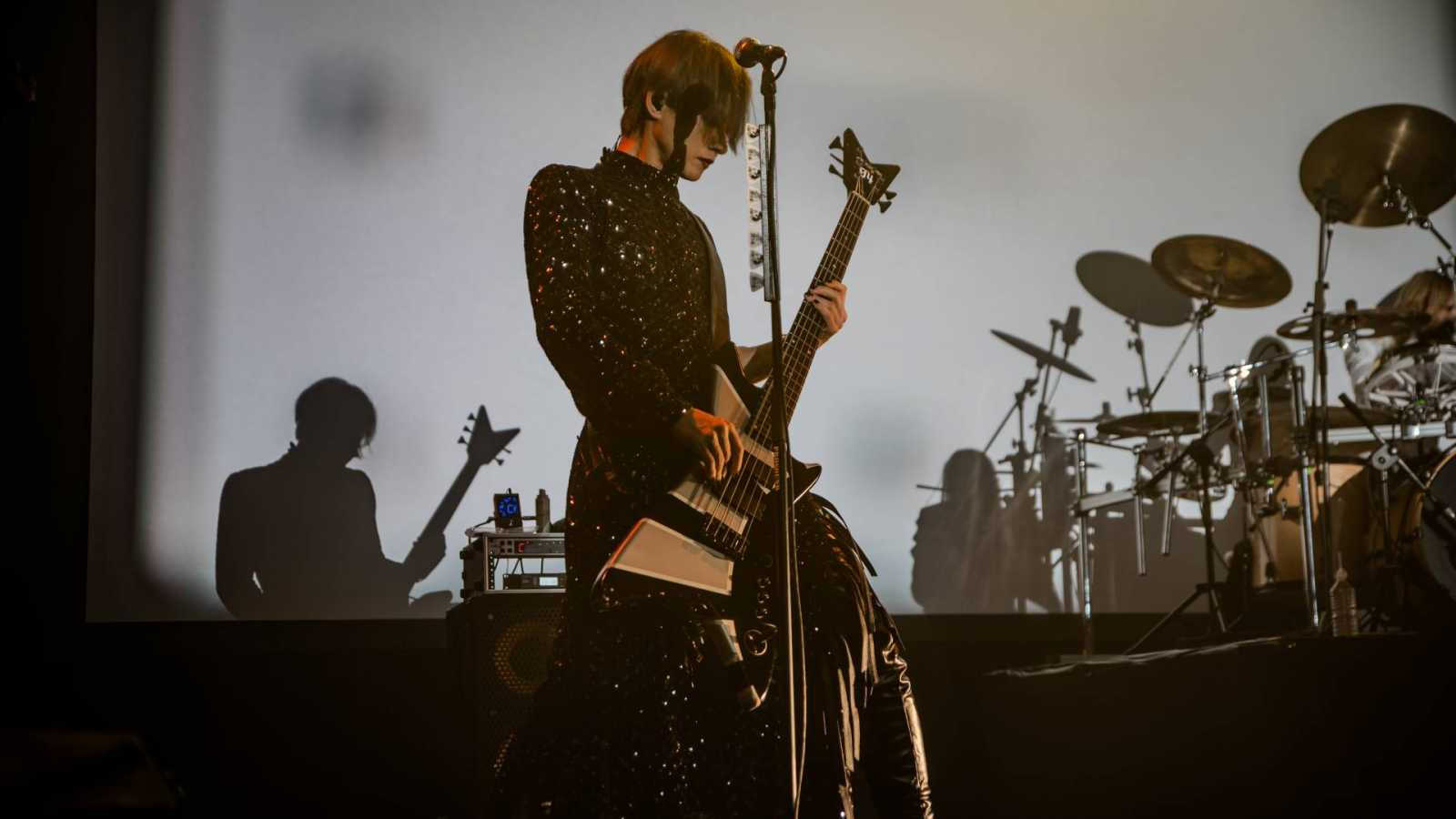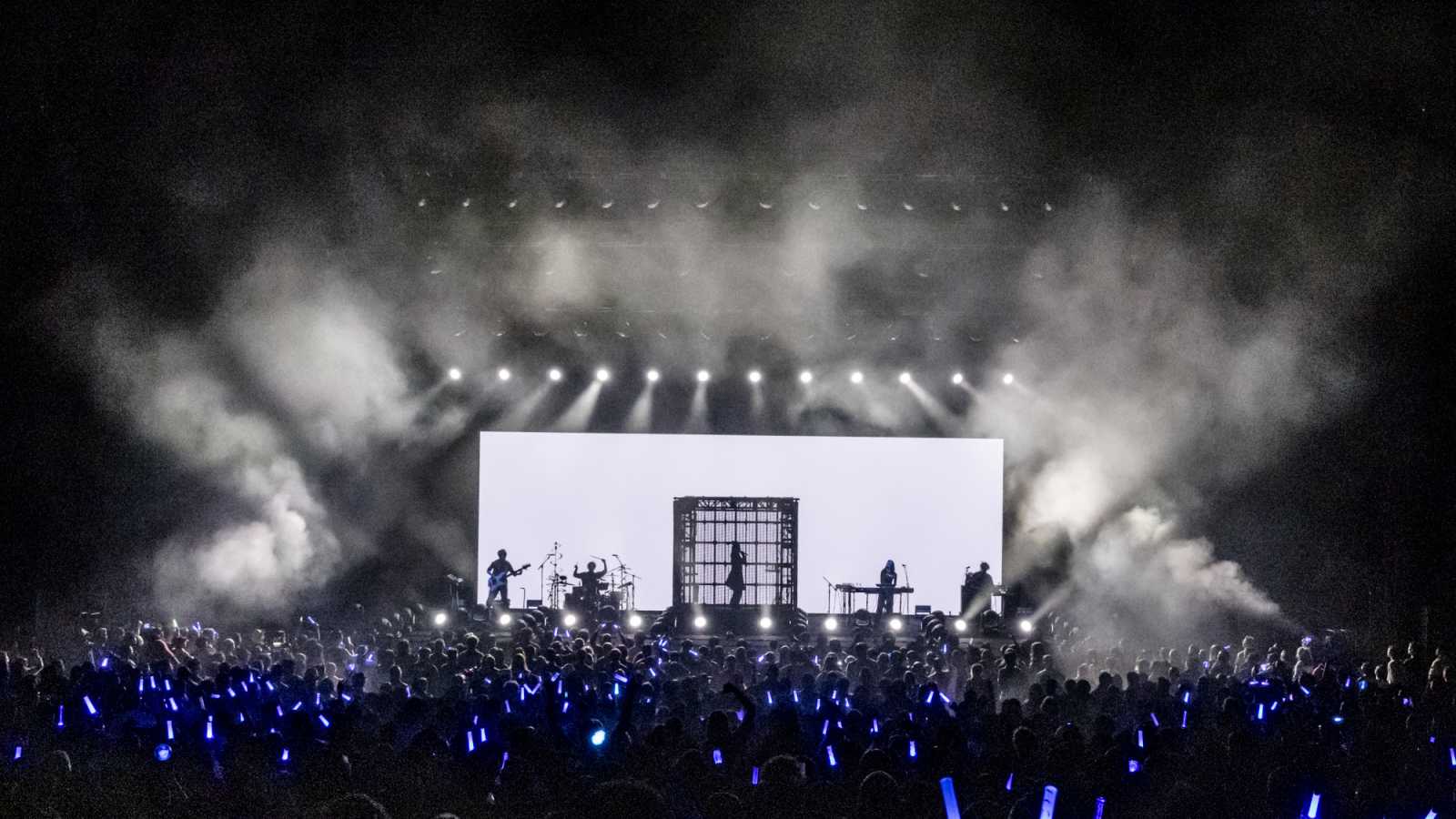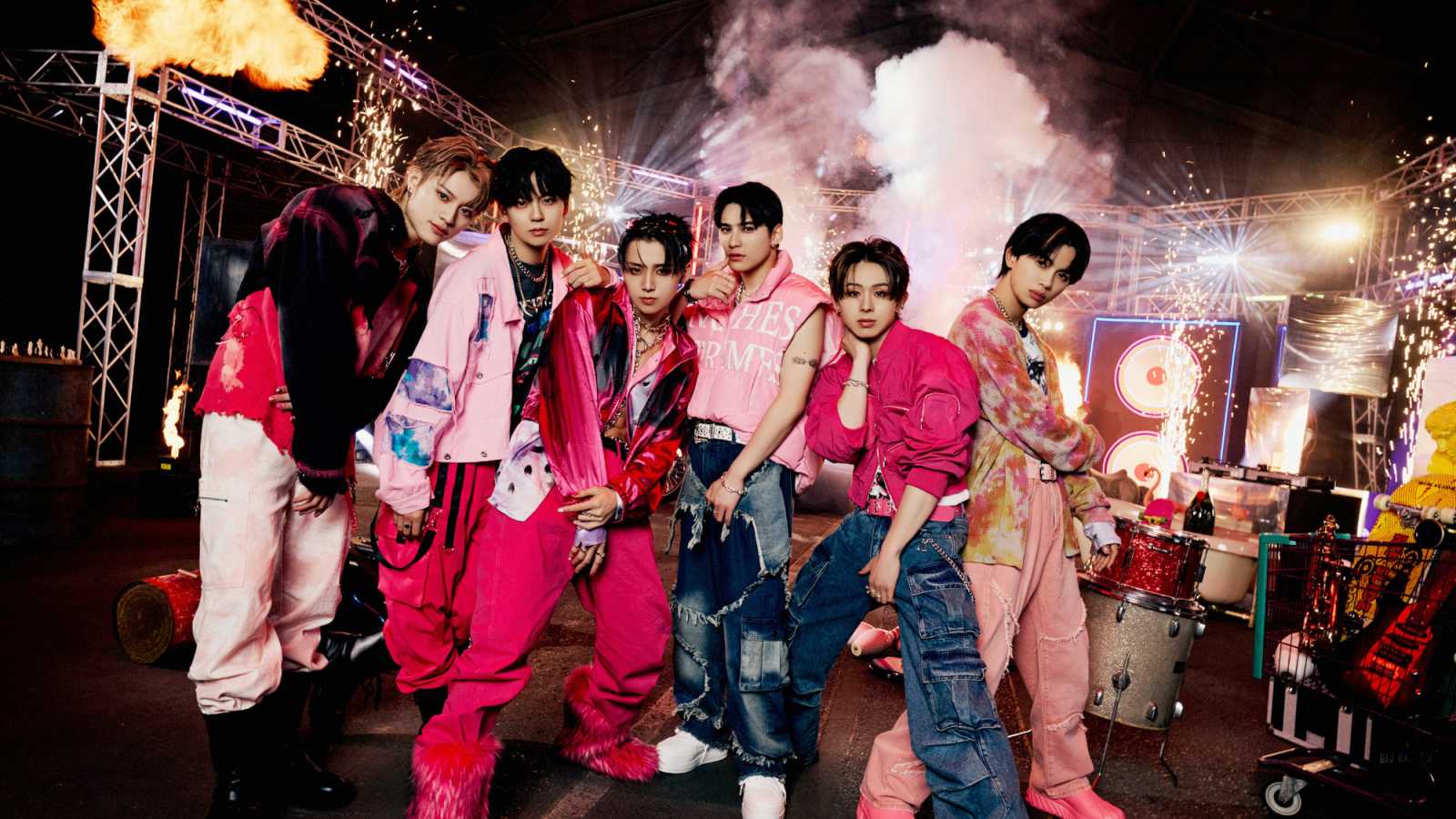Plastic Tree’s origins can be traced to the early 90s when bassist Tadashi and vocalist Ryutaro decided to form CAM-FLAGE. At some point, they would change the name to NTT FUCKS. After guitarist Akira and drummer Koji entered the picture, and there would be one more and permanent name change. There’s been much speculation over time as to where Tadashi and Ryutaro got the name, one of the more popular theories being a derivative from Radiohead’s Fake Plastic Trees. The truth is that Tadashi and Ryutaro paired words together in an attempt to find something that seemed both artificial and natural.
Plastic Tree finally got its start in 1994. With Ryutaro’s innocent voice and melancholy lyrics, Tadashi’s leadership and Akira’s compositions, they performed their first live at Club GIO in Ichikawa. Back in these days, the band handed out several free demo tapes at shows. It wasn’t until nearly a year after they handed drums over to Shin that Plastic Tree released their first mini-album, Strange fruits - Kimyou na kajitsu- through GIO RECORDS. The album carried a dark sound with obvious influence from bands like The Cure and Radiohead.
The year 1996 was an important year for the band. Shin left and was replaced by Takashi. Their official fan club jellyfish breed opened. They also began preparing for a major debut, signing to WARNER MUSIC JAPAN. Plastic Tree’s final indies tour, Innocent Picture Show, would take place the following year.
On June 25th, 1997 their first major single Wareta mado was released. It was followed weeks later by their first major album, Hide and Seek. The band embarked on a country-wide tour in commemoration of the release. In the middle of the tour, they left their management company.
In August 1998, the band’s second album Puppet Show was released following the singles Hontou no uso and Zetsubou no oka. Plastic Tree changed their management to SWEET-HEART in 1999.
Parade, the band’s third album, was released in 2000, signifying a change in their sound. Although it carried the band’s traditional gloomy sound, it was lighter and seemed slightly directed towards pop. In 2000, their fan club was also renamed to Sickroom.
The following year was a rough one for Plastic Tree. The band returned to the indie scene once their contract with WARNER MUSIC JAPAN expired, at the same time the first best-of album, Cut 〜Early Songs Best Selection〜, was released. Their management’s record label released the single Chiryuku bokura. It would turn out to be the last time Takashi would contribute to the band. Also in that year, Ryutaro underwent surgery to have a polyp removed from his throat.
In 2002, things started looking up for the group once more. A new drummer, Sasabuchi, joined the ranks after playing support for several months. The fourth album, Traumerei, was released through AT MARK CORPORATION. It was a new start for the band with their sound now resembling a more optimistic pop-rock compared to their original works.
Although not everyone seemed to agree with the change of style, Plastic Tree released a few more singles through SWEET-HEART until a private label, Sick Room Records, was established for them at Universal Music in 2003. The first single through their new label was Mizuiro Girlfriend.
In August 2004, the album cell. was released. Through the help of a new sound engineer, Plastic Tree’s sound changed once again, although somehow it seemed they returned to their roots at the same time. The band left their long time management for J-ROCK. They also left Universal Music, but would return within a year. At this time, the fan club was returned to its original name.
The group decided to test the waters overseas in the summer of 2006, as they planned a world tour which would take them to Germany, France, Finland and Mexico. Although the shows in Mexico were unfortunately canceled, the European lives turned out to be very successful. Because of this achievement, Plastic Tree would return to Europe to play several more lives in the future.
Because 2007 marked the 10th anniversary of their major debut, they held a live at the legendary Nippon Budokan. Also that year, they joined J-ROCK’s newly formed AKATSUKI label, dedicated primarily to visual kei bands, and they went on to release several new singles and albums.
On March 3, 2009 Sasabuchi retired from the band, his last show being a fanclub members-only live. Being down a man didn’t stop the band however, as they went on to release the single Fukurou. In commemoration of the single, Plastic Tree performed a free live on an outdoor stage in Yoyogi park. Footage from this live would be released on the limited edition of their next album, Dona Dona.
A month after this event, support drummer KenKen was inducted to the band, becoming the fifth drummer in the band’s history. Together, they’ve gone on to release two new singles, live DVD and album.
In recent years, Plastic Tree has seen their best records on the Oricon Charts with the 2008 album Utsusemi and 2009 single Fukurou each coming in at #9 respectively. Having been around for nearly 20 years, one could say the group gets better with age. However, with each album, they opened the door to different styles, so it’s not so much about improving as it is evolving. They show no sign of stopping, so fans can only wait and see what the band has in store for them in upcoming years.




